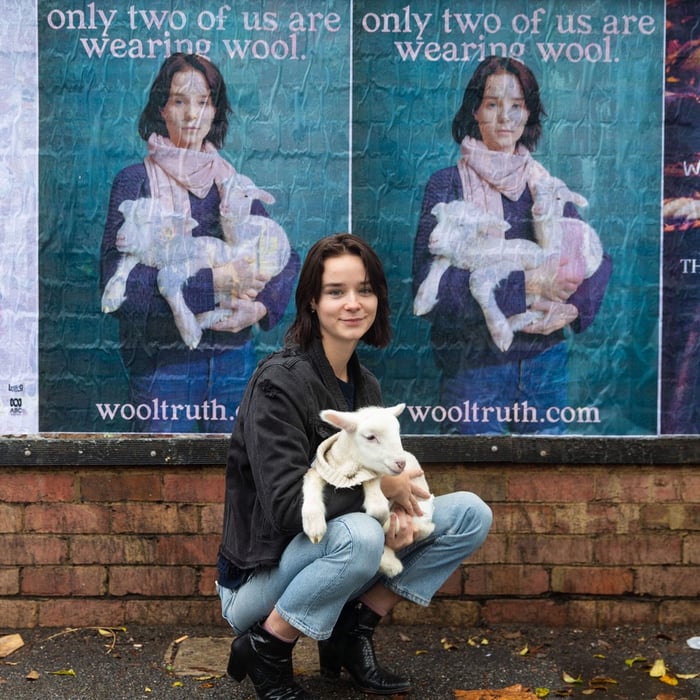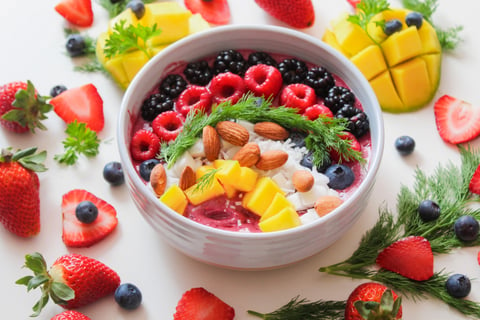
Ethical fashion champion and animal activist Emma Hakansson has been very hard at work over the last year and a half. The 21 year old model and author premieres a documentary that she has produced on 22 July. Called Willow and Claude, the short film tells the story of Australian-made, ethical and sustainable fashion.
As Emma gets ready to launch her film, we caught up with her to chat about her life and also this very important project.
Hi Emma, how did you first get into modeling?
I first began working as a model when I was in high school. I was interested in fashion and people had often commented that ‘I could be a model’, so I thought it would be a good way to get involved in the industry.
When did you first start paying attention to social issues around you? Was there a trigger?
I like to think that as a kid I was always concerned with what was right and fair. However, the first time I really became aware of a social justice issue in a way that demanded I change my actions, was when I decided to stop eating animals. I think that once you’ve properly opened your eyes to any one form of injustice, you’re more ready and willing to consider other issues — and so I did.
When did you become vegan and why?
I stopped eating land-dwelling animals when I was about 15. I was living in Sweden with my relatives. There, it’s very normal to eat moose and deer. I thought it was weird to eat those animals — they weren’t ‘food animals’. It was this discomfort that made me realize that ‘food animal’ is an arbitrary category, and that if I felt it was wrong to eat one animal, I shouldn’t eat any other. A year later, once I had learned more about wool, eggs, dairy and other ‘products’ derived from animals and their suffering, I became vegan.
Have you faced any negative industry response for your stance on ethical fashion?
I certainly have lost out on work opportunities as a model and creative director, but these were opportunities that wouldn’t have aligned with my values anyway. It was certainly harder at first to deal with this, but I’m very comfortable with it now.
I have been to some industry events, particularly those about sustainable materials and so on, where discussions have become interesting. Often wool industry representatives are given a lot of attention and praise for their ‘sustainable fibre’, but the data tells us that this is just inaccurate. I’m always professional, but I will address green-washing and ethics-washing when I see it.

What was the most shocking thing you discovered when you started investigating the, as you have called it, “dark side” of fashion?
There are countless dark parts to the fashion industry. If we’re speaking specifically about wool — which I focus on in my new film — I was most shocked to learn that the wool industry is a slaughter industry. I had known, though not to such a horrific extent, that sheep were violated and treated poorly in the industry, but I never realized lambs and sheep were being killed by the industry making my old sweaters. To learn more about this, check out these resources on my site.
When it comes to human rights issues that are particularly dark, I think it’s outrageous that 98% of garment workers who make our clothes are not paid a living wage that can allow them their most basic needs and rights. Here is a link to more information on garment worker wages.

Is it hard to shop ethically? What are barriers for entry for the average consumer?
It can be hard when you’re shopping new! Buying pre-loved and vintage is a much easier way to avoid so many ethical problems. Of course, sometimes we need new things.
The biggest barrier to ethical consumption, in my opinion, is green-washing and ethics-washing: brands using sweeping statements that sound like a lot but look like a little. People have a right to know what they are buying into, and for now this is very challenging.
A good way to navigate this is to ask the right questions. Some that I like to ask are:
- is this garment free from any animal-derived materials?
- are these materials sustainably sourced? How can you prove that?
- did the person who made this earn a living wage? How can you demonstrate this?
- how much of your supply chain can you trace and detail, and can you point me to where I can see this?







